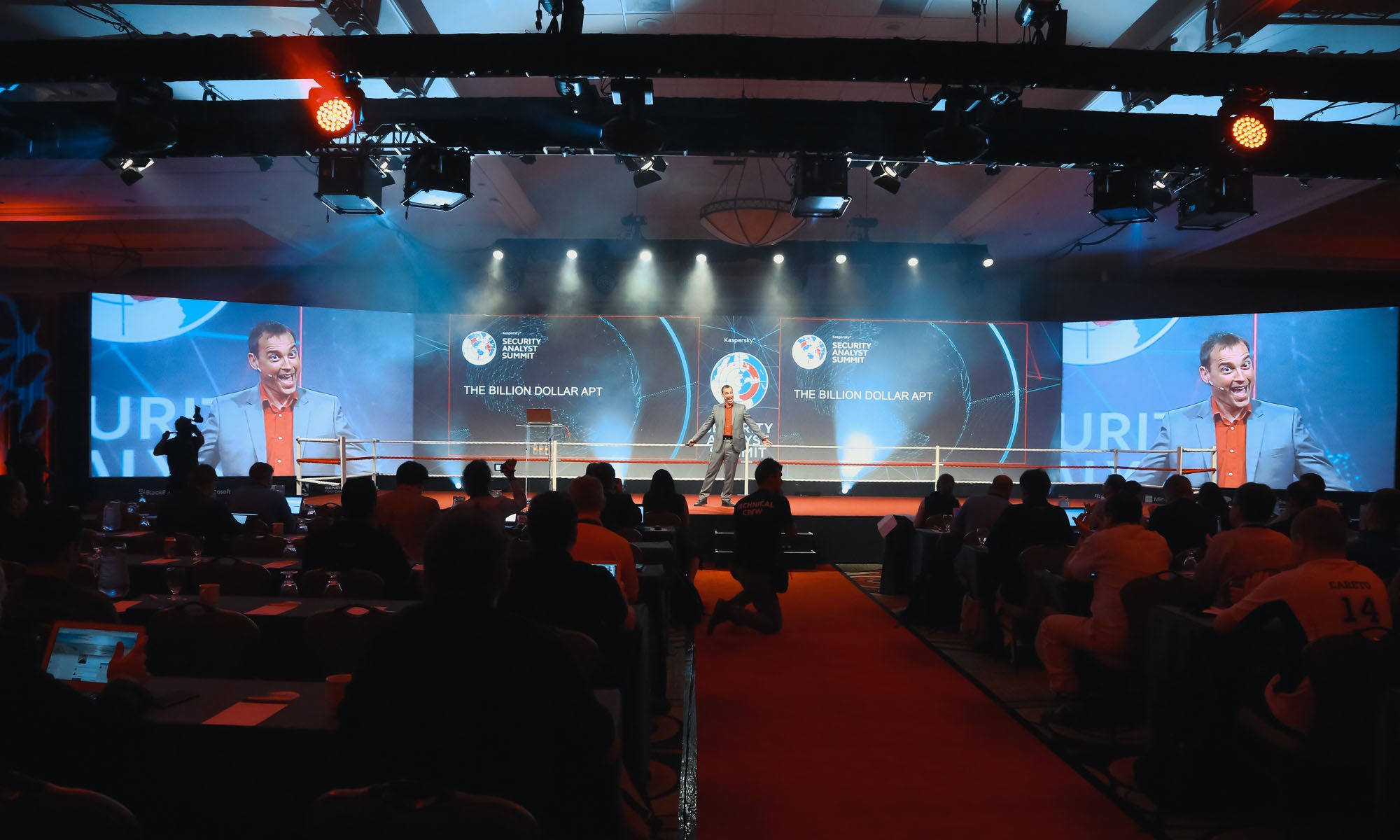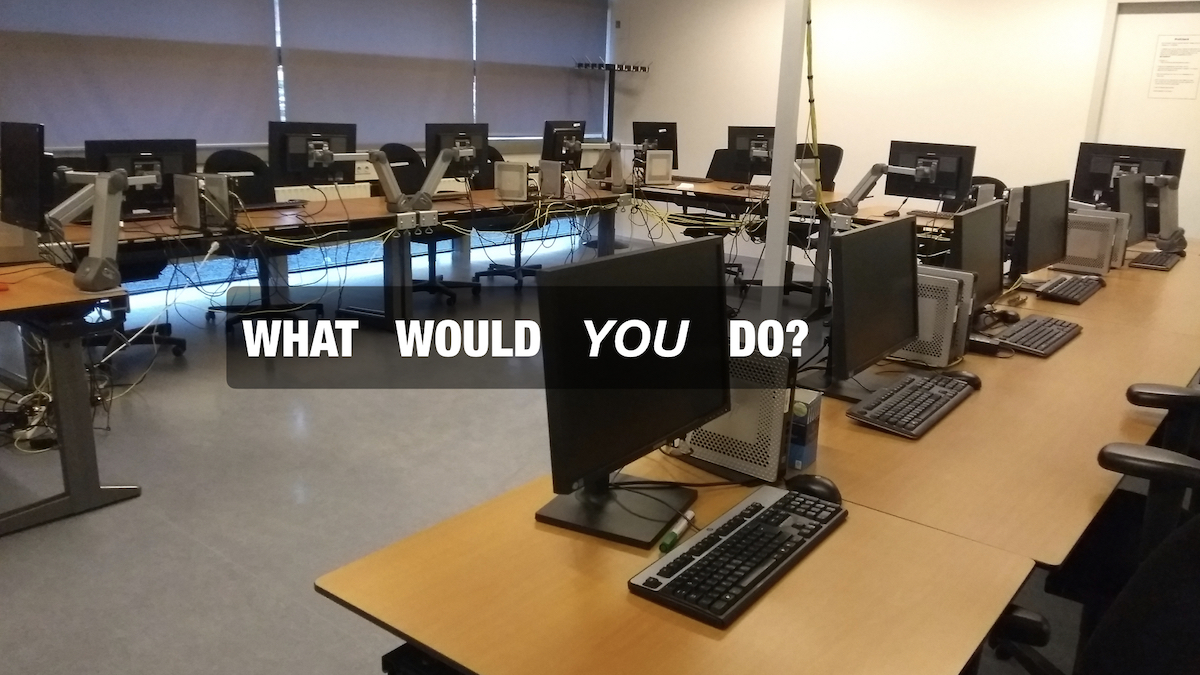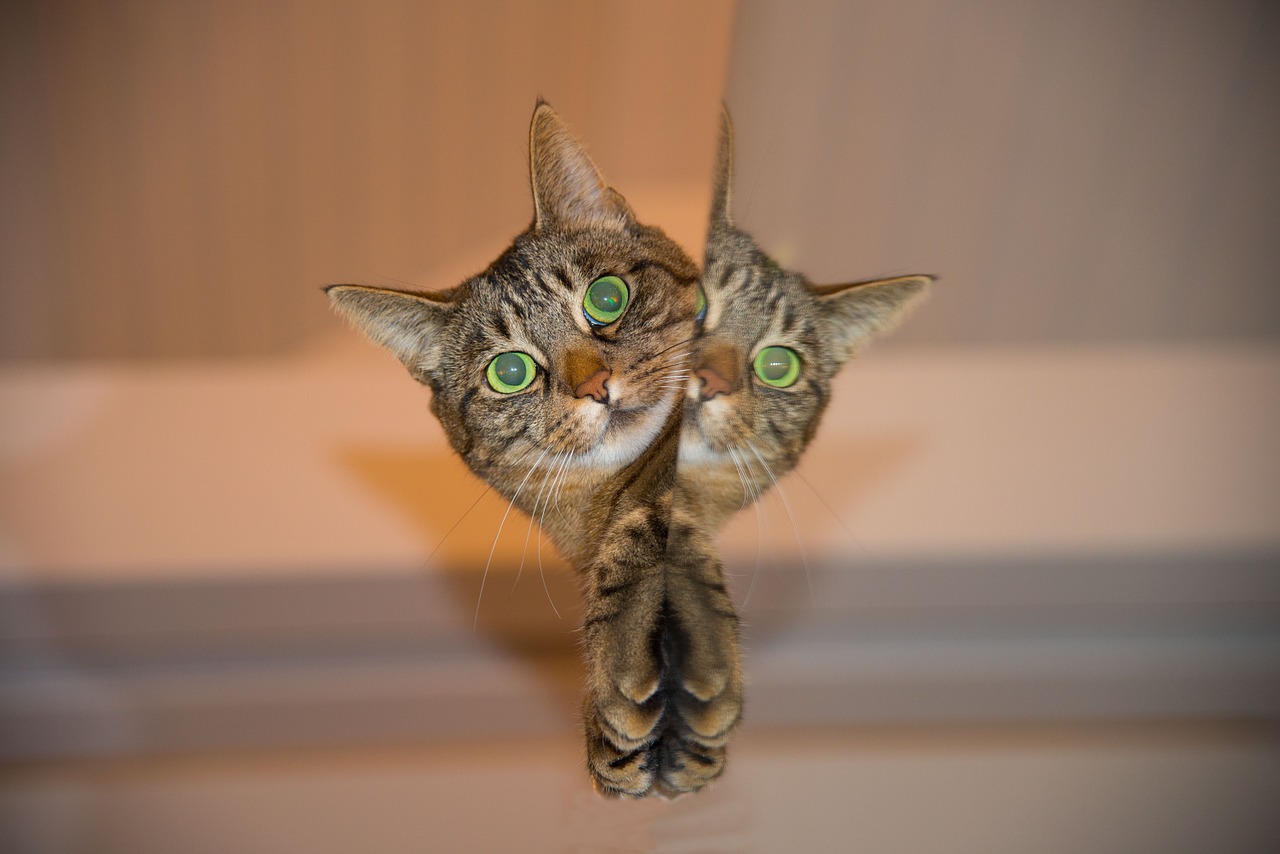As speakers and trainers, we always want to arrive early. There are just so many potential things that need fixing that I want to have at least an hour, just to be on the safe side. Projector, audio, light, microphones: they usually take the bulk of my time. But there is also the room itself.
Recognise this?
You walk into the room where you are going to give this inspirational workshop, full of interaction and participation, and… it’s a square, or U-shape of tables. Blocking interaction, taking up your valuable space, basically set up ideally for the attendants to zoom out as fast as possible.
The tables need to go.
We need space – to walk around, to see and be seen, to interact, to be creative.
But sometimes it’s hard to get them out of the way.
Last Thursday I gave a training in a small, cosy and creative room. Full of table. People could hardly reach their chairs. The tables needed to go. But where? No place to stack them, no hallway to move them to.
But here was a balcony. And with the help of some volunteers, that’s where they went. We had a fun workshop.
That was an easy one.
Just the day before I arrived early at another venue to prepare for a full day workshop. I walked into a horror. The picture above is from the actual room.
This room was booked within an organization with a standard booking system. You need a projector? Sound? Lecture room 4. Not that the other lecture rooms were any better. Or even available.
That room may have a great setup for computer classes, but I don’t do computer classes. For presentation skills this is, let’s say, slightly less than optimal. So…. what would you do?
What did we do?
We moved.
We managed to find a small cosy conference room. Without projector, but with a flip chart. I had to give up my slides, but that was a small price to pay. Priorities are priorities.
There’s a lot more to say on setting the room, but for now, let me close with these 3 tips:
Tip1 : ask for pictures of the room
Tip 2: arrive early to change things to your liking
Tip 3: have someone from the organisation arrive early
Bonus tip: stay flexible, stay creative!




